We dive into the history of the Mid-Autumn Festival, its significance, and how mooncakes became an integral part of the celebration.
Next to the Lunar New Year, the Mid-Autumn Festival is another significant celebration to many Chinese communities. Today, they even consider it to be a public holiday where families and friends gather to partake in activities like moonlit walks, theatrical performances, and of course, mooncake eating.
READ ALSO: Lunar Delicacy: Celebrate The Mid-Autumn Festival With Mooncakes From Hotels In The Metro
The famous festival takes place on the 15th day of the eighth lunar month. This is because the 15th day is the middle of a month, and the eight month is the middle of autumn—hence the name “Mid-Autumn.” This year’s celebration will fall on September 29 in mainland China, and will last until October 6. In Hong Kong, the holiday will fall on September 30 and end on October 2. Meanwhile, Taiwan will be dedicating one day to celebrate the special festival on September 29.
But how exactly did this festival come to be, and why does the moon play such a significant role in it? We explore the history behind the festival, its significance, and its evolution below:
The Historical Beginnings Of the Mid-Autumn Festival
Most scholars believe that the Mid-Autumn Festival formally began in the Song dynasty (960–1279 AD). That said, the ancient Chinese have been worshiping the harvest moon during the autumn season even before that period.
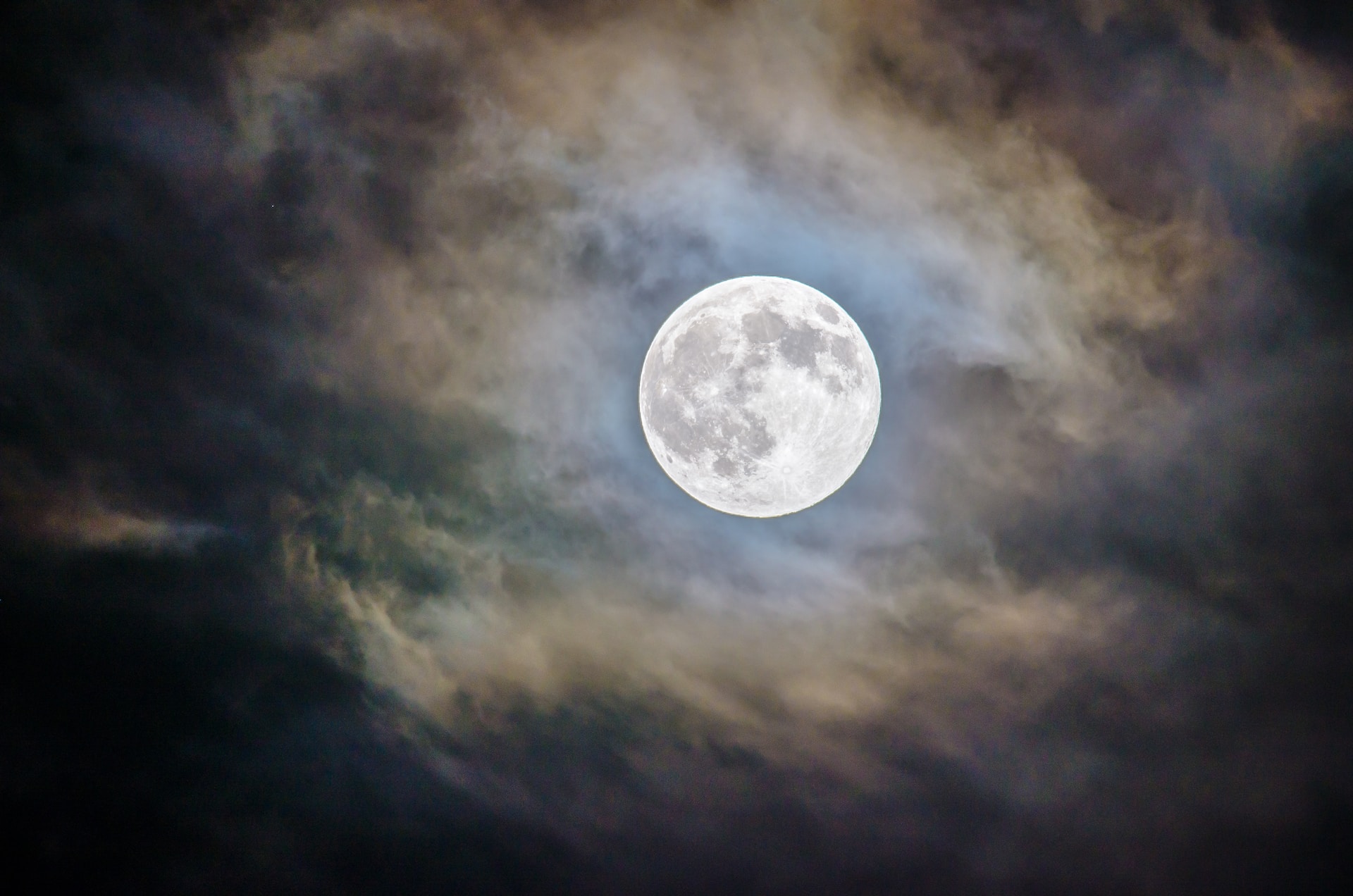
It was customary for emperors and members of the upper classes to pay tribute to the moon goddess Chang’e through lavish celebrations and offerings. However, it wasn’t until the reign of Emperor Tai of the Northern Song dynasty when the 15th day of the eighth month officially became Mid-Autumn’s Day (the Mid-Autumn Festival, as we know it today).
Legends Behind the Mid-Autumn Festival
There are two popular legends behind the celebration and origins of the Mid-Autumn festival, both involving the moon. The first concerns itself with the moon goddess Chang’e, while the second centers on a small rabbit.
Chang’e and Hou Yi
Hou Yi was a legendary archer who saved the world from burning by shooting down nine of the 10 suns revolving around it. As a reward, he received the elixir of immortality which he kept in his home.
In one story, Hou Yi hides the elixir to share with his wife, Chang’e; however, his evil apprentice Feng Meng sneaks into the abode to steal it. Chang’e grabs the elixir from the apprentice and drinks it, which causes her to ascend to the heavens and reside on the moon. In other versions of the story, Hou Yi becomes tyrannical, which forces Chang’e to steal the elixir and drink it.
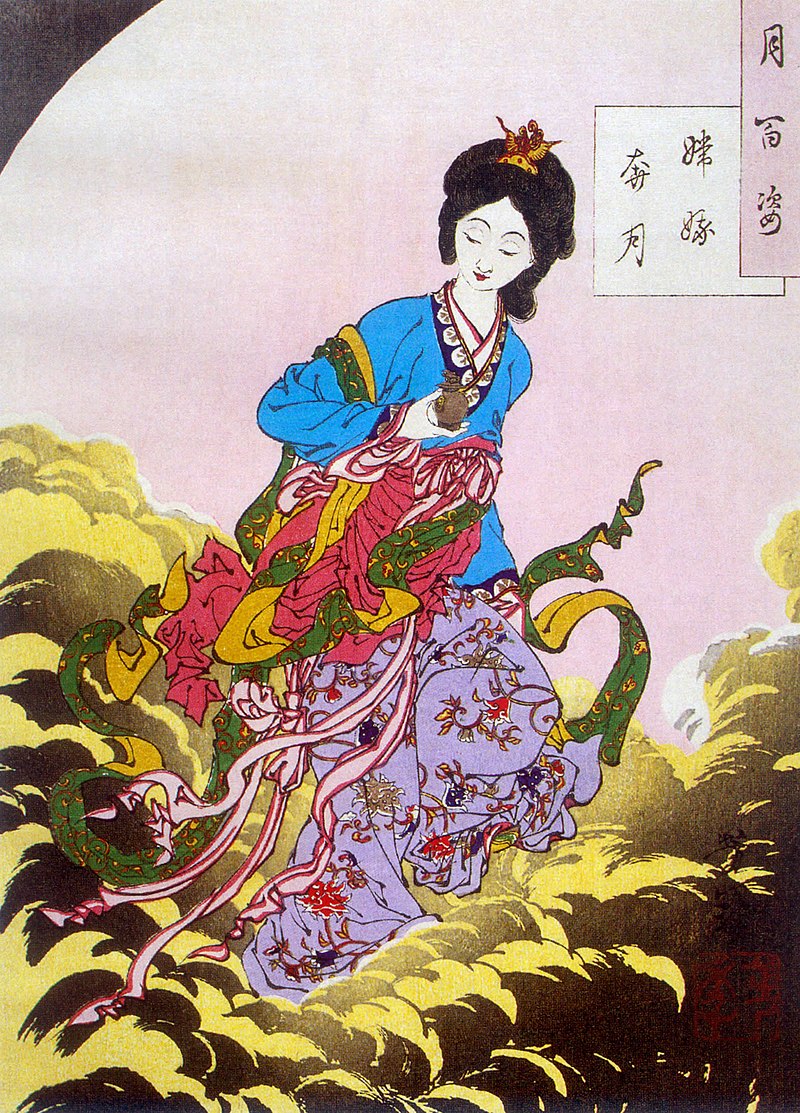
Either way, the brave woman finds herself pulled towards a lunar abode to become the moon goddess. So when people worship the moon on Mid-Autumn festival, they’re paying tribute to Chang’e in all her lunar majesty.
The Rabbit on the Moon
Another origin legend behind the Mid-Autumn Festival concerns a rabbit and Buddha. According to the story, Buddha disguised himself as a hungry old man to ask for help from a monkey, fox, and rabbit. The monkey offered fruits, while the fox caught fish for the man. However, the rabbit threw itself into a fire to provide meat for the man. As thanks, Buddha brought the rabbit back to life and gave it a home on the moon to receive worship forever.
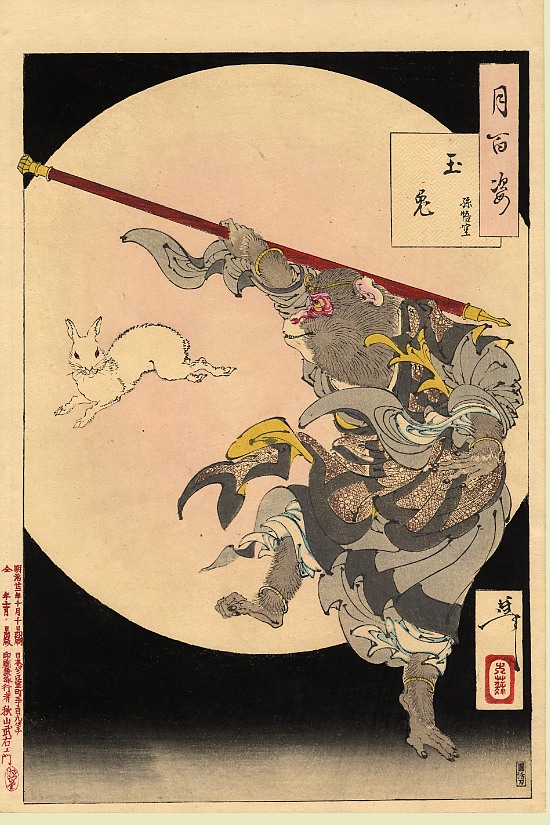
Mooncakes and the Mid-Autumn Festival
Mooncakes are rich pastries that traditionally contain sweet lotus seed paste and salted duck egg yolk. The Chinese so closely associate the decadent treat with the Mid-Autumn Festival that they sometimes dub the celebration as the “Mooncake Festival.”
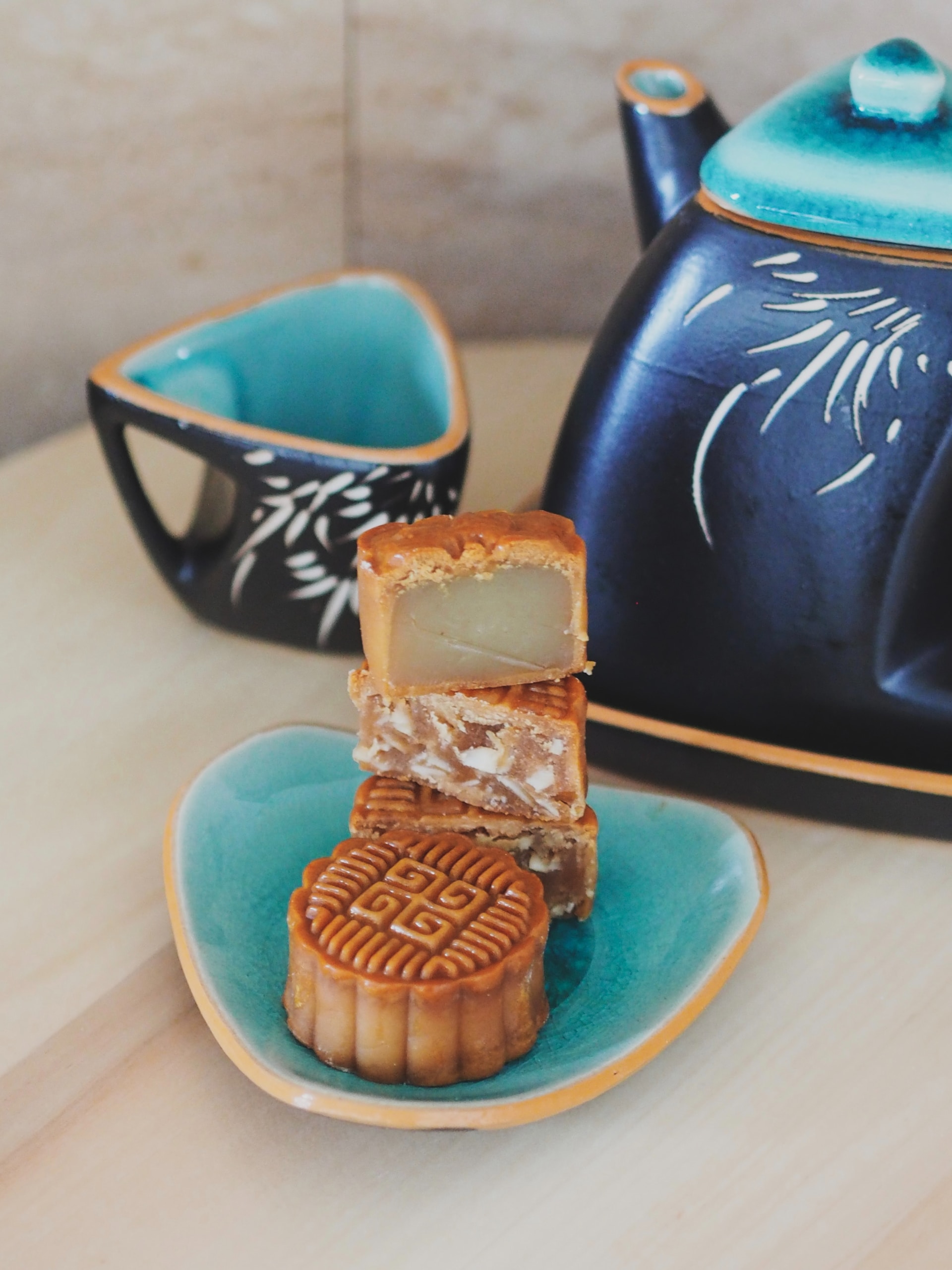
Most historians trace the origins of the mooncake back to the Tang dynasty (618–907 AD), as per the South China Morning Post. However, some people believe that their origins may be far older than that, going all the way back to the Yuan dynasty (1279 – 1368). It’s said that rebels who were fighting against Mongol rule snuck secret messages inside mooncakes and passed them around. There’s little evidence to suggest this actually happened, but certain people enjoy the added significance this narrstive brings to the special pastry. Regardless of whether the story is true, the mooncake represents a bountiful harvest and strong family bonds.
There are as many mooncake recipes as there are Chinese families and communities. A variety of bakeries have their own secret recipes and techniques for making the sweet treat. Over the years, more luxurious varieties of the treat have gained immense popularity due to their innovative flavors and packaging.
Below are three brands that create lavish mooncakes to make the Mid-Autumn Festival all the more enjoyable for those who celebrate:
Kee Wah Bakery
Over the years, Kee Wah Bakery has developed an extensive range of mooncakes that offers something for people of all ages.

From long-established staples (like the classic Golden Lotus Seed Paste Mooncake) to more novel creations (such as the Red Bean Paste Mooncake with Mandarin Peel) Kee Wah continues to honor Chinese heritage while looking ahead towards a future of delicious possibilities. For instance, the Kee Wah Supreme Mooncakes are decorated with stunning lotus designs and gold foil for an added touch of opulence.
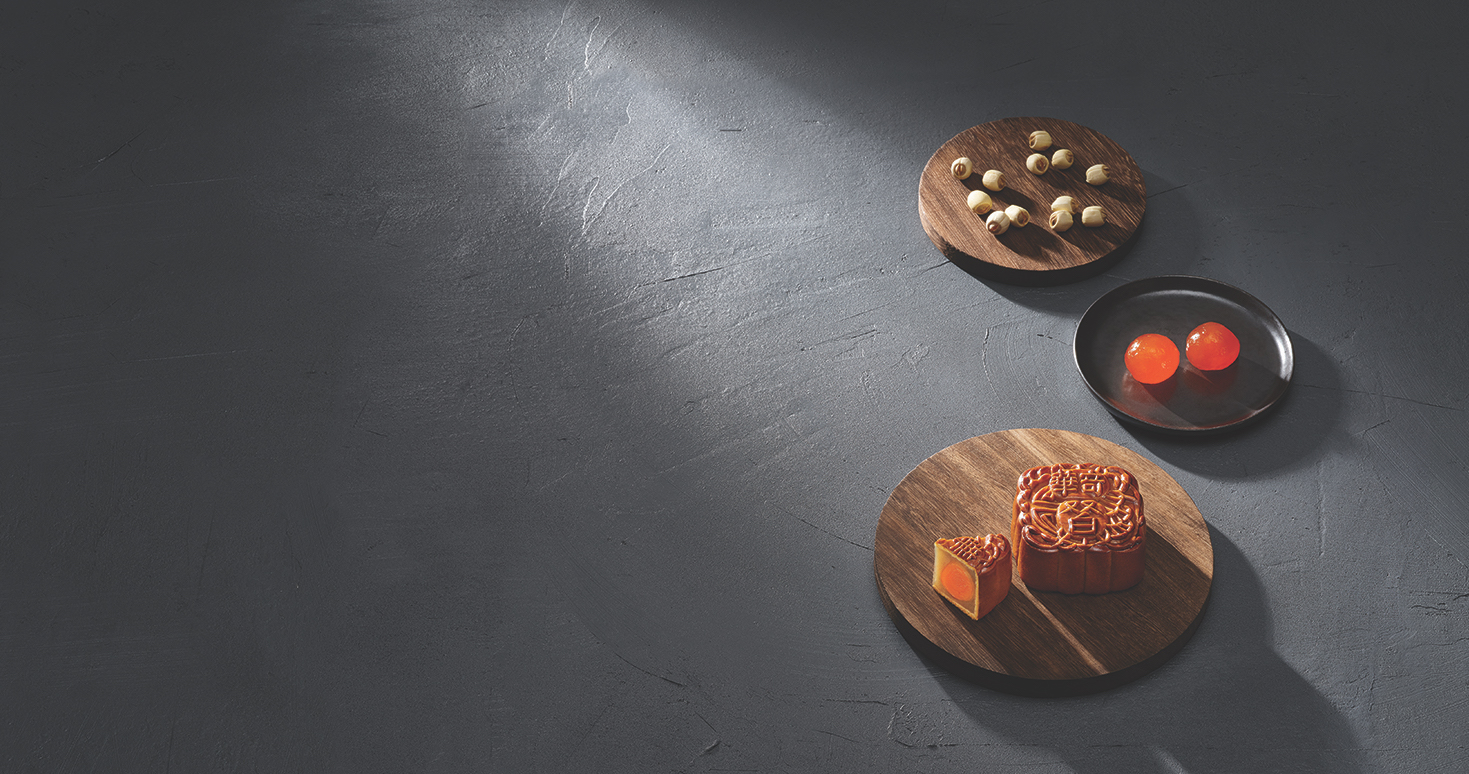
For those with special dietary needs, the bakery also offers low calorie versions of their classic mooncakes made with the natural sugar substitute, maltitol.

Royal Caviar Club
Hong Kong’s Royal Caviar Club is the first producer of caviar mooncakes, which came out in 2020. Each snow skin mooncake was filled with 10 grams of Royal Cristal Caviar, truffled potato, and Australian winter black truffle. With such fine and valuable ingredients, no wonder the treats costed $230 per box of four.
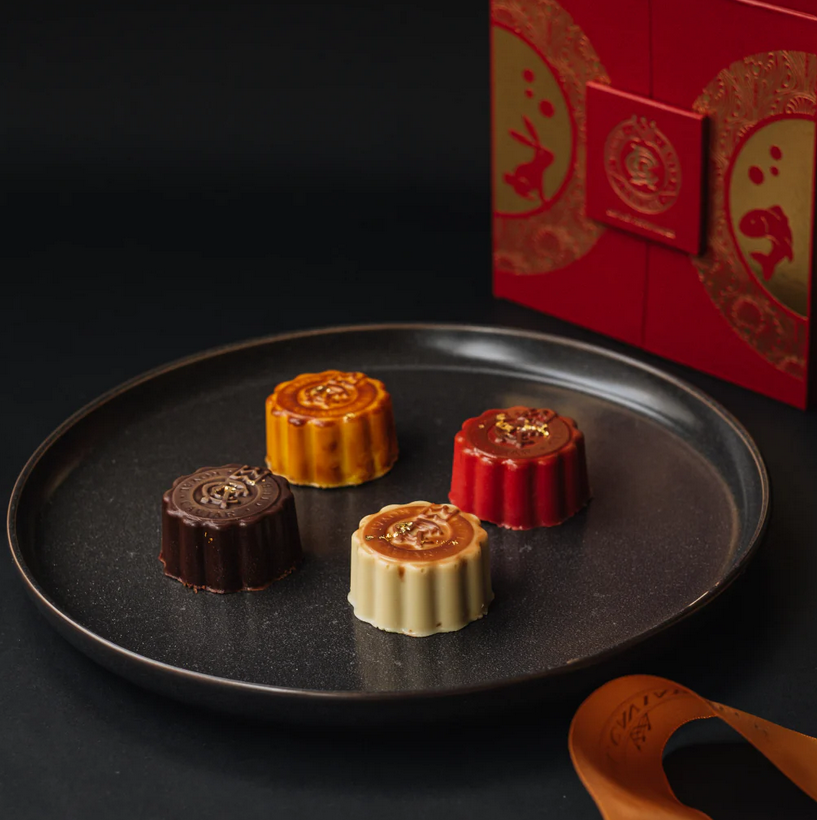
Recently, the brand has released the 2023 edition of their caviar mooncakes in collaboration with Master Pâtissier Gael Majchrzak. These special pastries come in four different flavors: French Dark Chocolate with Black Truffle, Hokkaido Cheese Cake, Italian Strawberry, and Madagascar Vanilla.

Golden Moments
Singaporean brand Golden Moments is known for seamlessly incorporating the bold flavors of durian into their intricate snowskin mooncakes. Their pastries come in multiple varieties which are sure to satisfy different tastes.
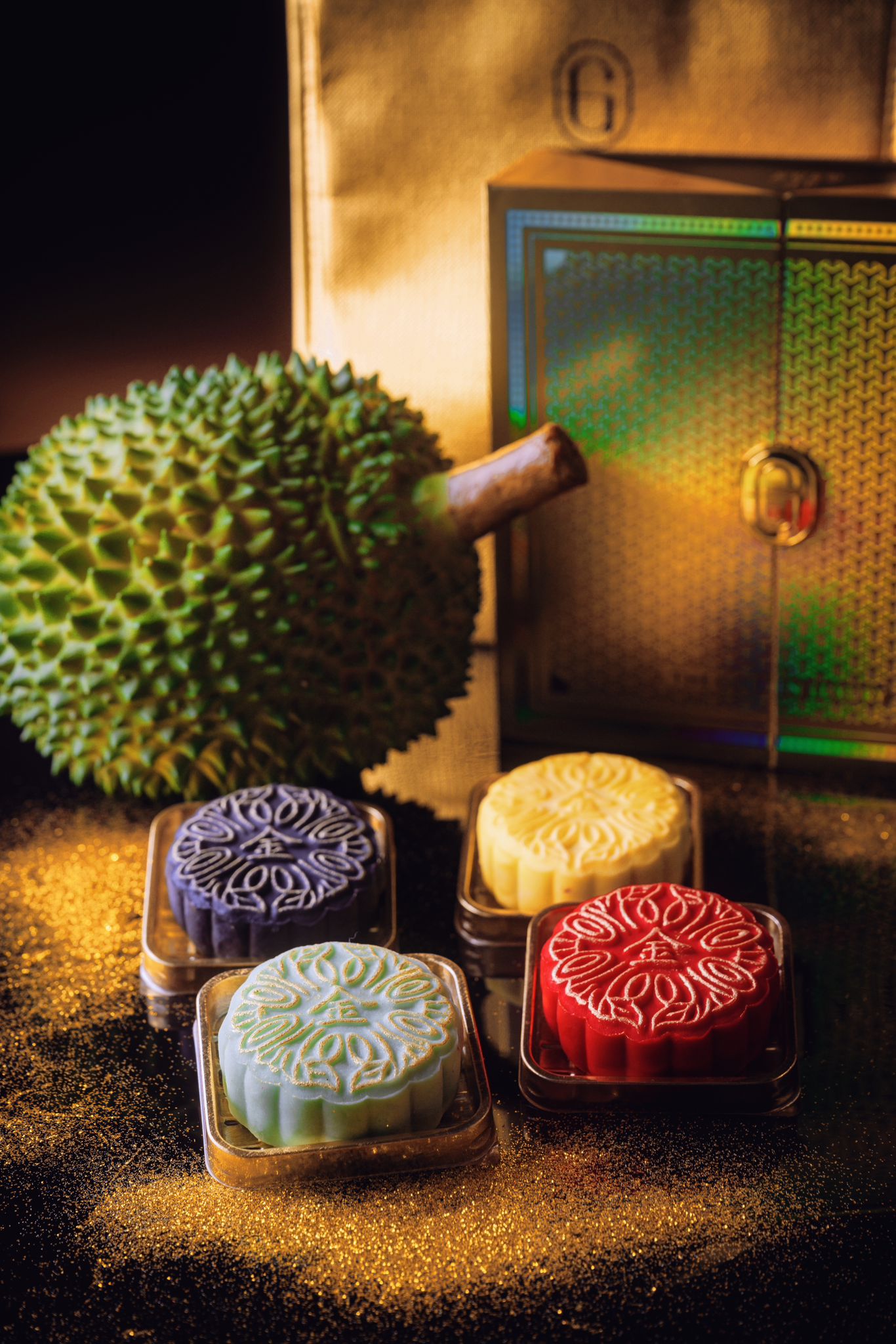
For example, their Premium Durian Omakase Snowskin Mooncake Set comes with four different premium durian flavors: Signature Black Gold Mao Shan Wang, Classic Golden Phoenix, Champion Breed Red Prawn, and Classic DXO. These pretty mooncakes are also packed in a shiny box like precious jewels—certainly a luxe gift for any Mid-Autumn Festival celebration.

Banner photo by Shizhao via Wikimedia Commons.





